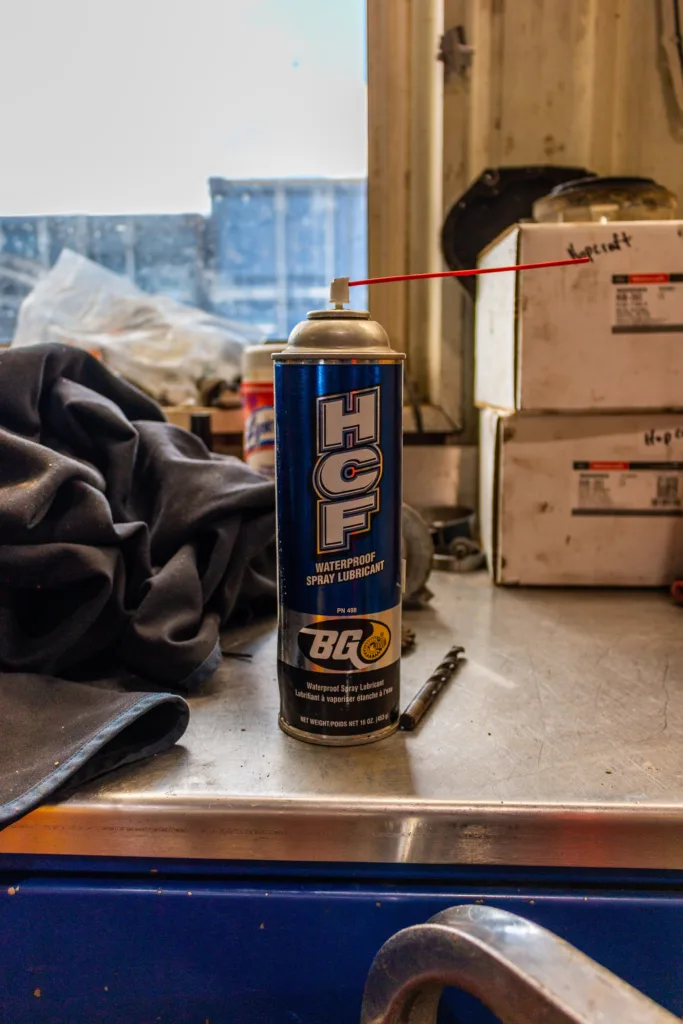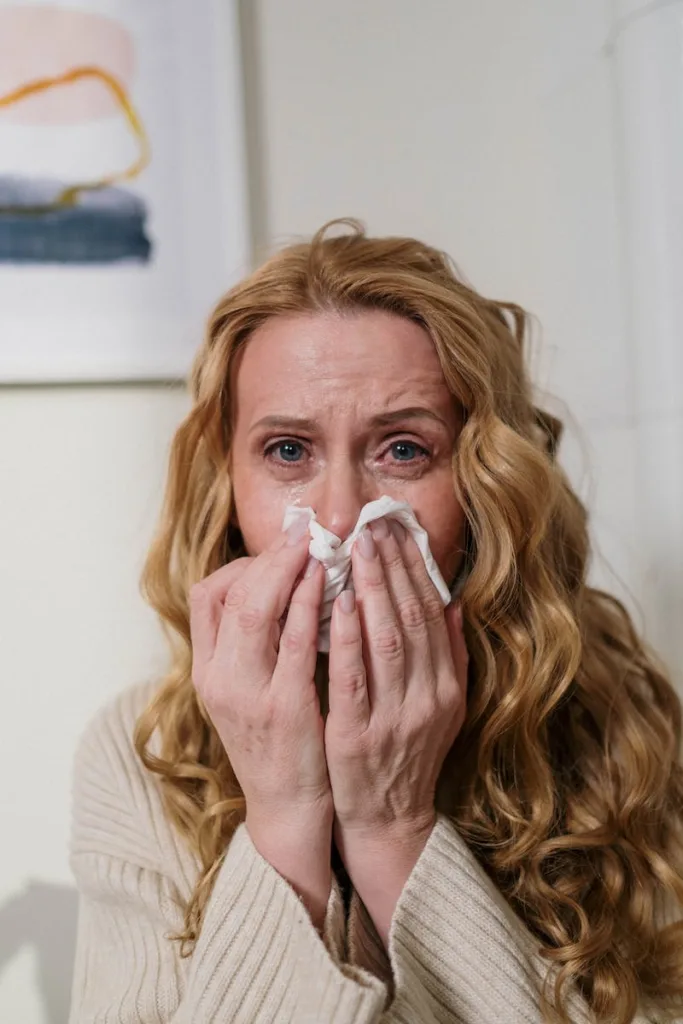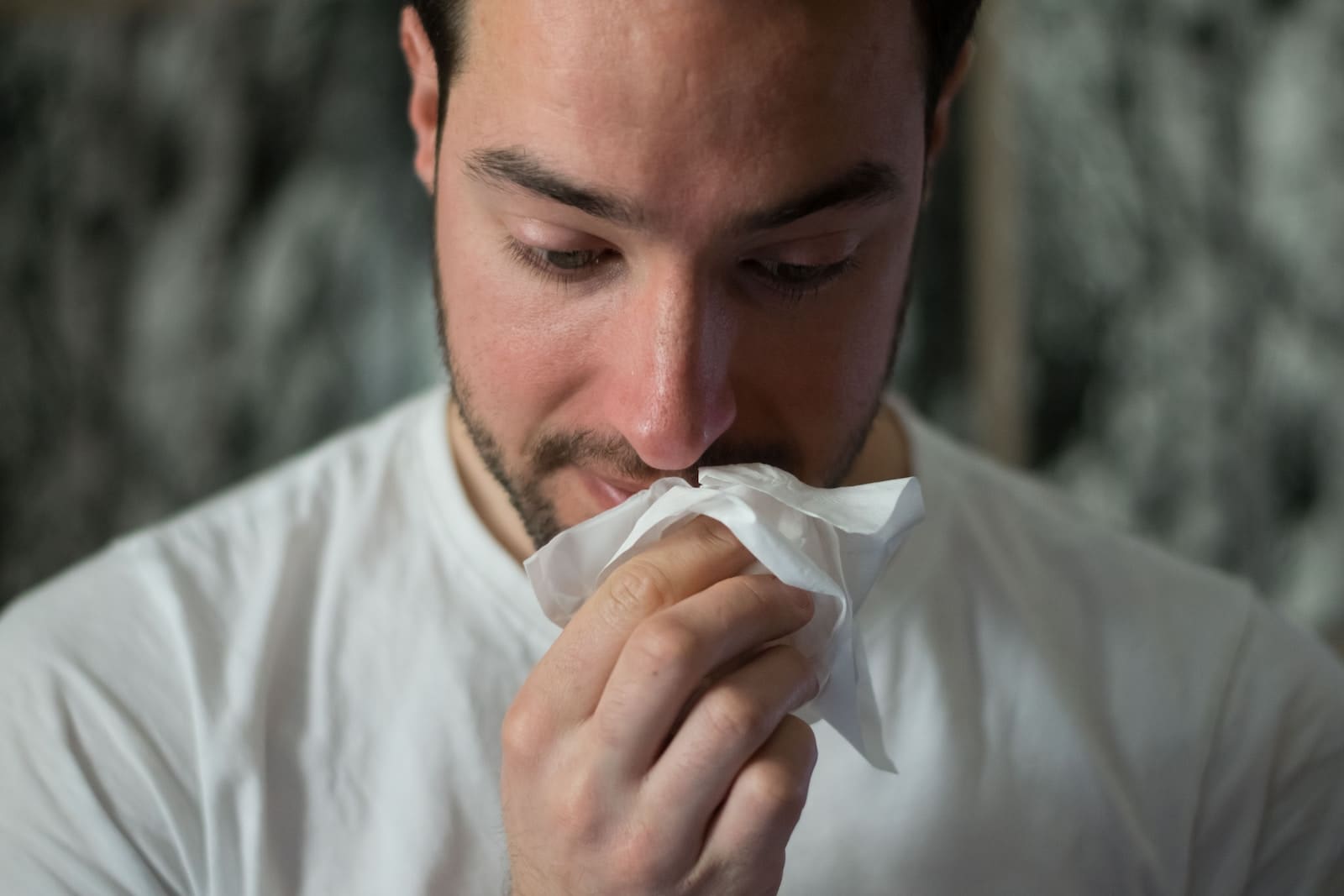Hey there! Ever wondered if air purifiers could help reduce those pesky allergens lurking in your bedding? Well, you’re in luck because we’re here to give you all the deets on this topic. We’ll explore whether air purifiers have the power to tackle those pesky allergens and provide you with a clean and refreshing sleeping environment.
So, get ready to breathe easier and say goodbye to those sneeze-inducing allergens in your bedding.
I. What are Allergens?
A. Definition of Allergens
Allergens are substances that can cause an allergic reaction in a person who is sensitive or allergic to them. These substances trigger the immune system, leading to various symptoms such as sneezing, coughing, itching, and nasal congestion. Common allergens include dust mites, pollen, pet dander, mold spores, and certain foods like peanuts or shellfish.
B. Types of Allergens
There are different types of allergens that can cause allergies. Some common types include:
- Dust Mites: These microscopic creatures thrive in warm and humid environments, particularly in mattresses, pillows, and bedding. Their waste products can trigger allergic reactions in sensitive individuals.
- Pollen: Pollens are tiny particles released by plants as part of their reproductive process. They can be carried through the air and easily find their way into bedding, triggering allergies, particularly during the spring and summer months.
- Pet Dander: Pet dander consists of tiny flecks of skin shed by animals, such as cats and dogs. These particles can collect in bedding and cause allergic reactions in individuals who are allergic to pet dander.
II. Understanding Air Purifiers
A. Definition of Air Purifiers
Air purifiers are devices designed to improve indoor air quality by removing pollutants and allergens from the air. They work by drawing in the surrounding air, filtering out particles, and then releasing cleaner air back into the environment.
B. How Air Purifiers Work
Air purifiers use various technologies to remove allergens and other contaminants from the air. The most common type of air purifier is equipped with filters, such as High-Efficiency Particulate Air (HEPA) filters, which can capture small particles as small as 0.3 microns in size. Some air purifiers also utilize ionizers, UV germicidal lamps, or activated carbon filters to further enhance their filtering capabilities.
C. Types of Air Purifiers
There are several types of air purifiers available in the market:
- HEPA Air Purifiers: These purifiers are equipped with HEPA filters, which are highly effective in capturing small particles like allergens, pollen, and dust mites. HEPA air purifiers are considered to be one of the most efficient types for reducing allergens in the air.
- Ionizing Air Purifiers: Ionizers work by emitting negatively charged ions into the air, which attach to positively charged particles like allergens, causing them to clump together and fall to the ground or stick to surfaces. However, ionizers may produce ozone as a byproduct, which can be a concern for individuals with respiratory issues.
- Activated Carbon Air Purifiers: These purifiers contain a carbon filter that removes odors, chemicals, and gases from the air. While they may not be as effective in capturing allergens as HEPA filters, they can help improve indoor air quality overall.

III. Common Allergens in Bedding
A. Dust Mites
Dust mites are one of the most common allergens found in bedding. These microscopic organisms thrive in warm and humid environments, making mattresses, pillows, and bedding an ideal habitat for them. Dust mites feed on dead skin cells and produce waste products that can trigger allergic reactions in sensitive individuals. Regular washing of bedding at high temperatures, using dust mite-proof covers, and maintaining a clean and dust-free environment can help reduce dust mite allergens in bedding.
B. Pollen
Pollen is another common allergen that can find its way into bedding. During the spring and summer months, plants release pollen particles into the air as part of their reproductive process. These tiny particles can easily be carried indoors and settle on bedding. Individuals allergic to pollen can experience symptoms such as sneezing, itching, and nasal congestion. Keeping windows closed during high pollen seasons, regularly washing bedding, and using air purifiers with HEPA filters can help reduce pollen allergens.
C. Pet Dander
Pet dander refers to tiny flecks of skin shed by animals, such as cats and dogs. These particles can easily stick to bedding and trigger allergies in individuals who are sensitive to pet dander. Regular grooming of pets, keeping them off the bed, and using allergen-proof bedding covers can help minimize the presence of pet dander in bedding. Additionally, air purifiers with HEPA filters can be effective in capturing pet dander particles from the air.
IV. Effectiveness of Air Purifiers on Bedding Allergens
A. Mechanism of Air Purifiers in Removing Allergens
Air purifiers can be effective in reducing allergens in bedding by capturing and trapping them from the surrounding air. The filters used in air purifiers, especially HEPA filters, have a high efficiency in capturing small particles, including dust mites, pollen, and pet dander. As the air passes through the filter, these allergens get trapped, preventing them from settling on bedding surfaces and reducing the risk of allergic reactions.
B. Key Factors Affecting Efficiency
Several factors can affect the efficiency of air purifiers in reducing allergens from bedding:
- Placement: Proper placement of the air purifier is crucial for maximum effectiveness. Ideally, it should be positioned in the bedroom, away from any obstructions, to ensure optimal airflow and coverage.
- Air Changes per Hour (ACH): The ACH refers to the number of times the air purifier can filter the air in a room within an hour. A higher ACH indicates a faster rate of allergen removal and better air quality.
- Filter Maintenance: Regular filter maintenance, including cleaning or replacing filters as recommended by the manufacturer, is essential to maintain the efficiency of the air purifier. Clogged filters can hinder airflow and reduce the purifier’s effectiveness.
- Room Size and Purifier Capacity: The size of the room and the corresponding purifier capacity should be considered. If the air purifier is undersized for the room, it may not be able to effectively remove allergens from the entire space.

V. Choosing the Right Air Purifier
A. HEPA Filters vs. Ionizers
When choosing an air purifier for reducing allergens from bedding, HEPA filters are generally recommended due to their high efficiency in capturing small particles. HEPA filters can effectively remove dust mites, pollen, and pet dander from the air. Ionizers, on the other hand, may be less effective in removing allergens and can produce ozone, which can irritate the respiratory system.
B. Air Purifier Size and Coverage Area
Consider the size of the room and the coverage area of the air purifier before making a purchase. Air purifiers are designed for different room sizes, and selecting the right size is crucial to ensure optimal performance. Also, check the Clean Air Delivery Rate (CADR), which indicates the volume of purified air the purifier can deliver per unit of time.
C. Noise Levels
Consider the noise levels of the air purifier, especially if planning to use it in the bedroom. Look for models that offer a “sleep” or “night mode” that operates quietly while still maintaining effective air purification.
D. Energy Consumption
Check the energy consumption of the air purifier to ensure it aligns with your energy-saving preferences. Look for models with energy-efficient features, such as programmable timers or sleep modes, that can help reduce energy consumption.
VI. Other Strategies to Reduce Bedding Allergens
A. Regular Cleaning and Vacuuming
Regular cleaning and vacuuming of bedding, including mattresses, pillows, and blankets, can help remove allergens such as dust mites and pet dander. Use a vacuum cleaner with a HEPA filter to effectively capture these allergens. Washing bedding in hot water can also help kill dust mites and remove pollen particles.
B. Encasing Bedding with Allergen-Proof Covers
Using allergen-proof covers for mattresses, pillows, and duvets can create a barrier between allergens and bedding, preventing their accumulation. These covers are tightly woven and designed to block allergens from passing through, helping individuals with allergies to sleep more comfortably.
C. Reducing Humidity and Moisture
Dust mites thrive in humid environments, so controlling humidity levels in the bedroom can help reduce their presence. Use a dehumidifier if necessary to maintain humidity levels below 50%. Additionally, fixing any water leaks or addressing moisture issues can prevent mold growth, which can also trigger allergies.

VII. Potential Limitations of Air Purifiers
A. Ineffectiveness in Removing Certain Allergens
While air purifiers can effectively remove many common allergens from the air, they may not be able to eliminate certain allergens that are too large or heavy to remain airborne. For example, larger pollen grains or certain types of mold spores may not be effectively captured by air purifiers, requiring additional strategies for allergy control.
B. Maintenance and Filter Replacement
Proper maintenance is crucial for the continued effectiveness of air purifiers. Filters need regular cleaning or replacement as per the manufacturer’s instructions. Failure to maintain filters can result in reduced efficiency or even the release of captured allergens back into the air.
C. Cost Considerations
Air purifiers vary in price depending on their features, brand, and technology. Consider the initial cost of the unit as well as ongoing costs for filter replacement. Opting for a higher-quality air purifier may have a higher upfront cost but can offer better long-term performance and durability.
In conclusion, air purifiers can be an effective tool for reducing allergens from bedding. By using the right type of air purifier, following proper maintenance practices, and employing other strategies like regular cleaning and allergen-proof covers, individuals can create a cleaner and healthier environment for better sleep and allergy relief. Remember to consider personal needs, room size, and specific allergens when selecting an air purifier to ensure the best possible results.
Check out another great read…
Breathe Easy: How can you defeat Viruses with Air Purifiers?

